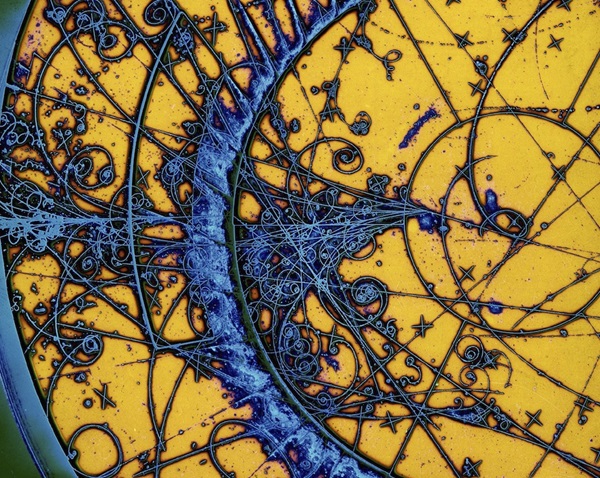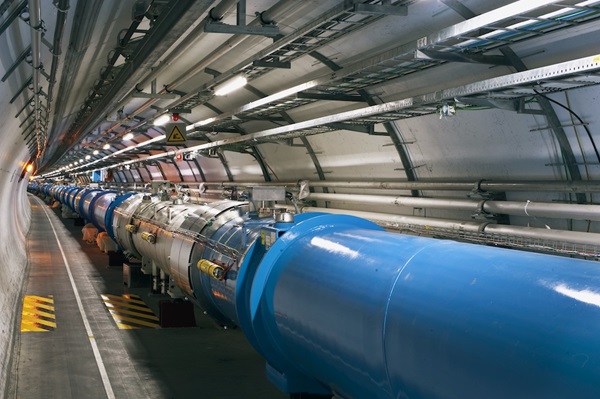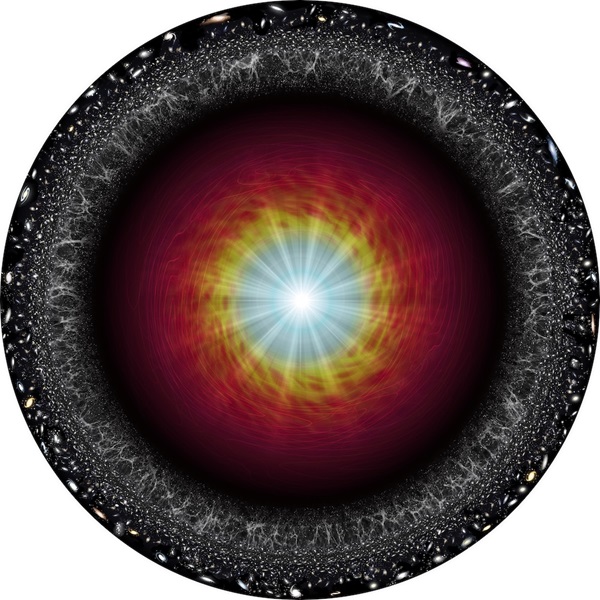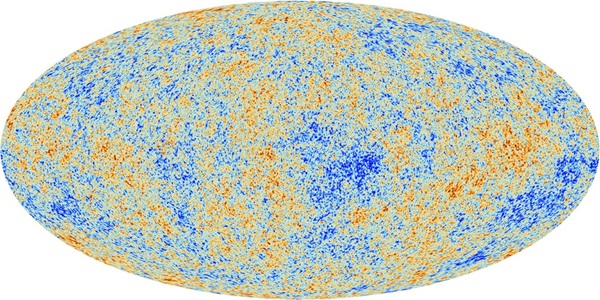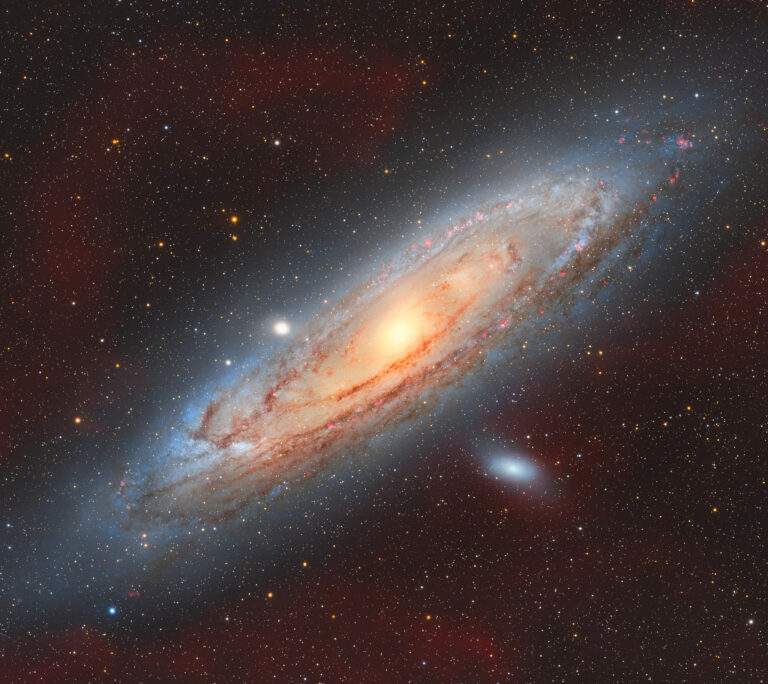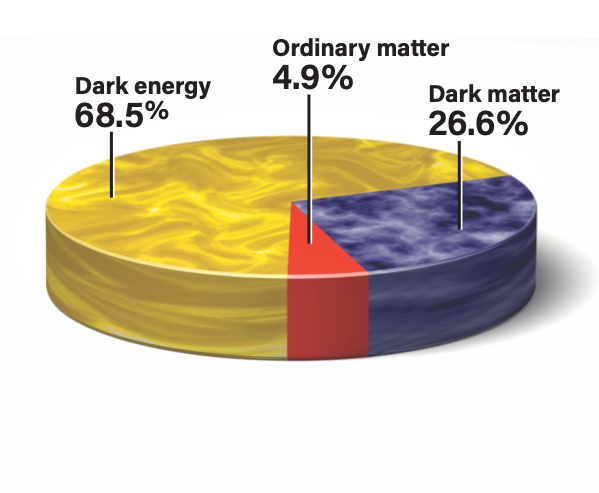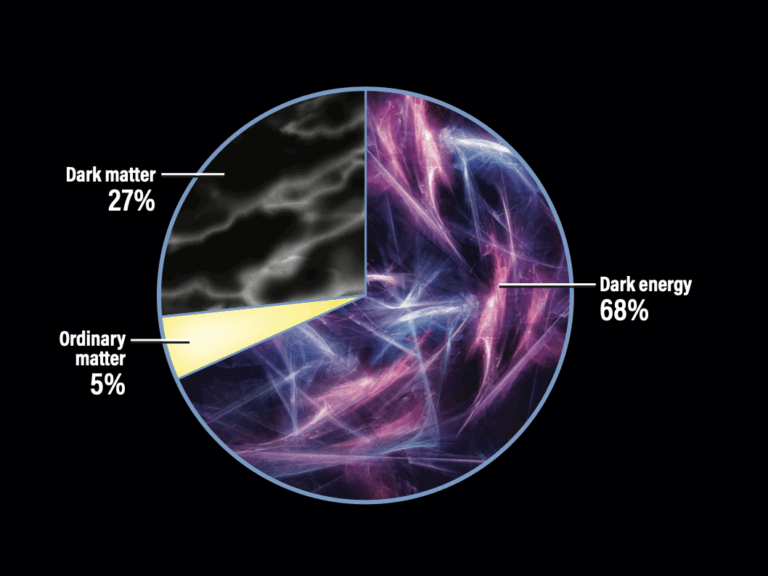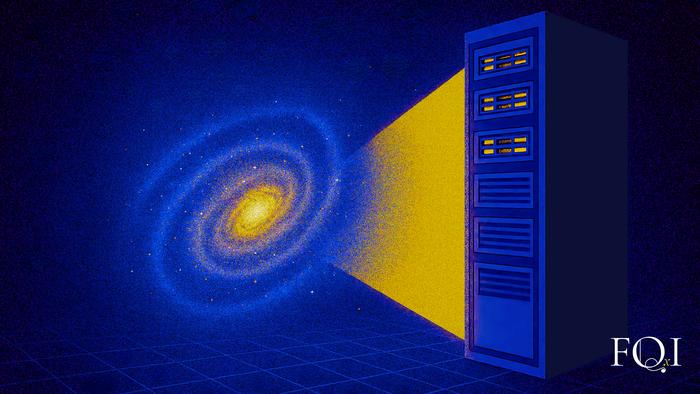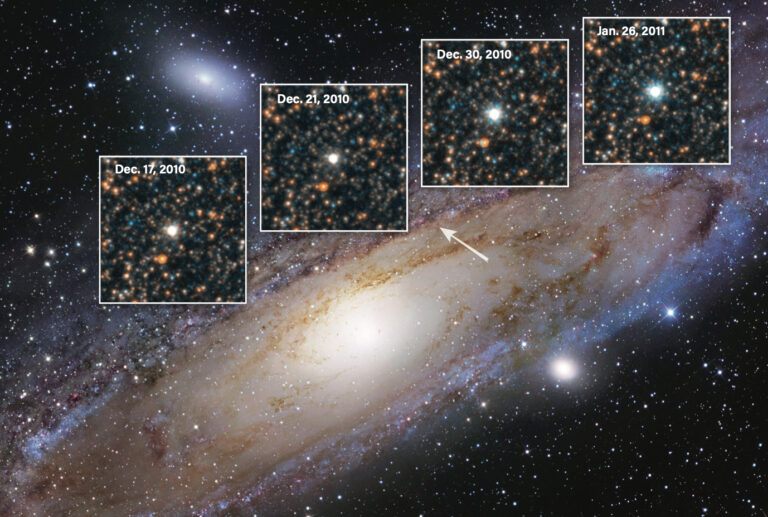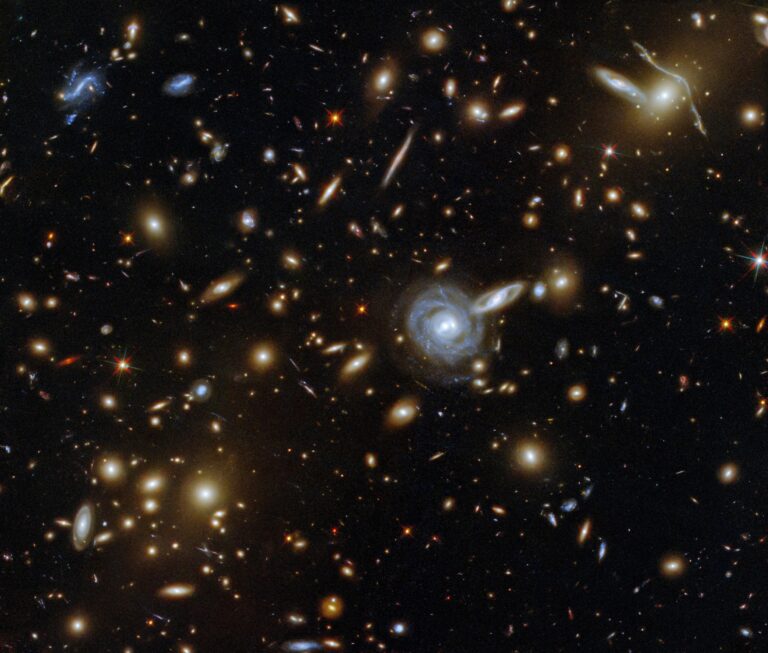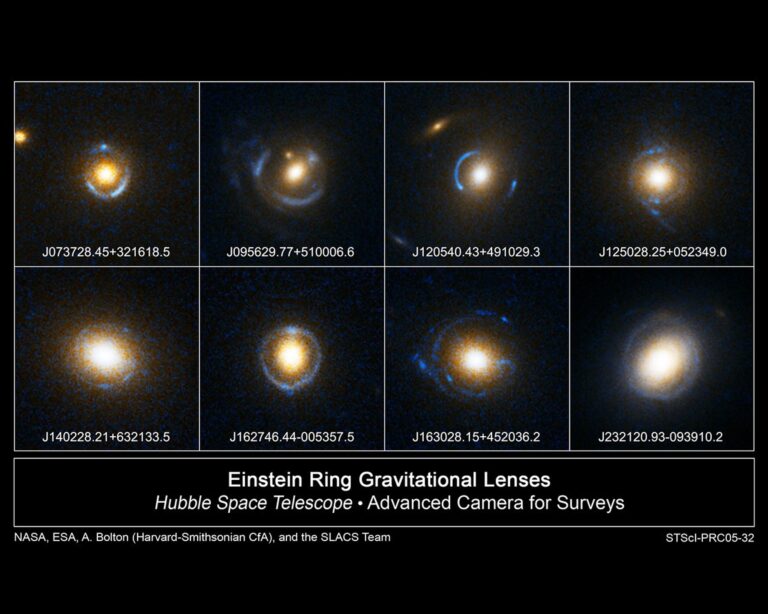Key Takeaways:
This story comes from our special January 2021 issue, “The Beginning and the End of the Universe.” Click here to purchase the full issue.
Over the course of the past century, astronomers and physicists have produced an incredibly rich and detailed account of our universe’s history. In 13.8 billion years, our universe has expanded and transformed from the hot and dense state that we call the Big Bang into the vast cosmos that we find ourselves living in today.
This picture is not based on mere speculation or theorizing, but is solidly grounded in an enormous body of empirical evidence. We have directly measured how our universe has expanded and evolved over the past several billion years,
as well as how galaxies and clusters of galaxies formed. Looking back even further in time, we have scrutinized the light that was released during the formation of the first atoms, only 380,000 years after the Big Bang. We have even measured the abundances of deuterium, helium, and lithium that were forged through nuclear fusion in our universe’s first seconds. Through these and other observations, we have become the first generations to understand our universe’s distant past.
Reaching back
But when we attempt to reach back even further in time, earlier than those first few seconds, we find ourselves with almost no direct observations to test our theories. To our considerable frustration, this most intriguing of all eras remains hidden from our view, buried beneath as-yet impenetrable layers of energy, distance, and time.
However, that has not prevented physicists from learning about this formative era of cosmic history. Rather than relying on telescopes, we use particle accelerators to re-create the conditions that were found throughout our universe during the first fraction of a second after the Big Bang. These spectacular machines accelerate beams of particles — typically protons or electrons — to the highest speeds possible and then collide them into one nother. Through the power of Einstein’s most famous equation, E = mc2, the kinetic energy of motion in these collisions can transform into matter.
The Large Hadron Collider (LHC), for example, is capable of creating all of the known particle species, from electrons and photons to Higgs bosons and top quarks. The early universe was filled with these kinds of particles, all constantly interacting with each other, being repeatedly created and destroyed. By using the LHC to re-create and study these conditions, we have started to piece together the story of our universe’s earliest instants.
A universe in flux
A trillionth of a second after the Big Bang, our entire universe was filled with an incredibly hot and dense plasma of energy. Throughout every corner of space, the temperature was a billion times hotter than the core of the Sun, and the energy density was equivalent to more than 1035 pounds in every cubic foot (1036 kilograms per cubic meter). Under these ultra-hot and ultra-dense conditions, every particle was constantly smashing into others. Within even a fraction of a trillionth of a second, the energy possessed by a given particle would change forms many trillions of times. Energy in the form of an electron might be converted into a photon, then into a Higgs boson, followed by the creation of a top quark, transforming over and over again. Nothing was permanent in this era. Everything was in flux.
As time went on, the composition of the particles found throughout our universe continued to evolve. This began with the disappearance of the heaviest forms of matter, but other changes soon followed.
For example, up to this point in time, quarks and gluons, the subatomic particles that bind quarks together in atomic nuclei, had both been free particles. That is, a given quark or gluon would move through space on its own, interacting with other forms of matter and energy just as any other particle might. But around 10 millionths of a second or so after the Big Bang, these particles began to find themselves irresistibly attracted to one another. Within a fraction of a millisecond, all of the quarks and gluons had become bound together into small groups, forming composite objects such as protons and neutrons — the building blocks of elements to come.
Seeking answers
There is no question that we are living in a golden age of cosmology. We know far more today about our universe and its history than we could have imagined only a few decades ago. But despite these successes, there are many perplexing questions that remain unanswered.
For one thing, in order to explain the simple fact that atoms exist in our universe, we know that there must have been slightly more matter than antimatter early on — or else all matter would have been annihilated by its antimatter equivalent. But the cause of this imbalance remains a mystery.
We also know that dark matter — the unknown substance that makes up the majority of the universe’s matter — was formed at some point in the first second after the Big Bang, but we don’t know how or when. Perhaps most striking of all, in order to explain the observed shape and uniformity of our universe, cosmologists have been forced to conclude that space must have undergone a brief period of hyperfast expansion during its very earliest moments. (See “Inflating the universe,” page 14.) This era of cosmic inflation left our universe utterly transformed, and yet we know very little about it.
Mysteries such as these continue to drive the field of cosmology forward. New telescopes and experiments, as well as creative new ideas, will undoubtedly reveal to us new facets of our universe and its early history, as well as the path it took from there to here.

